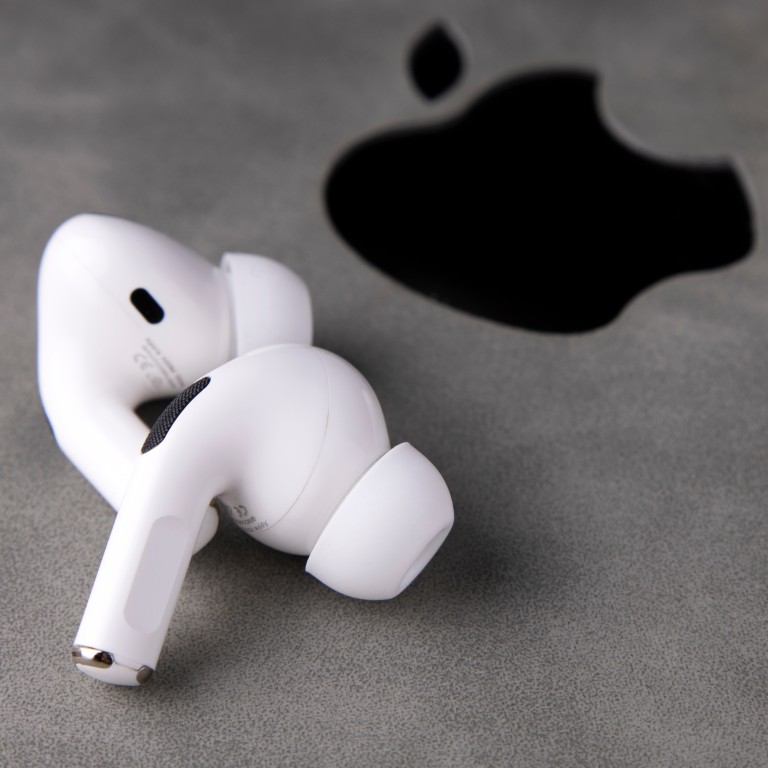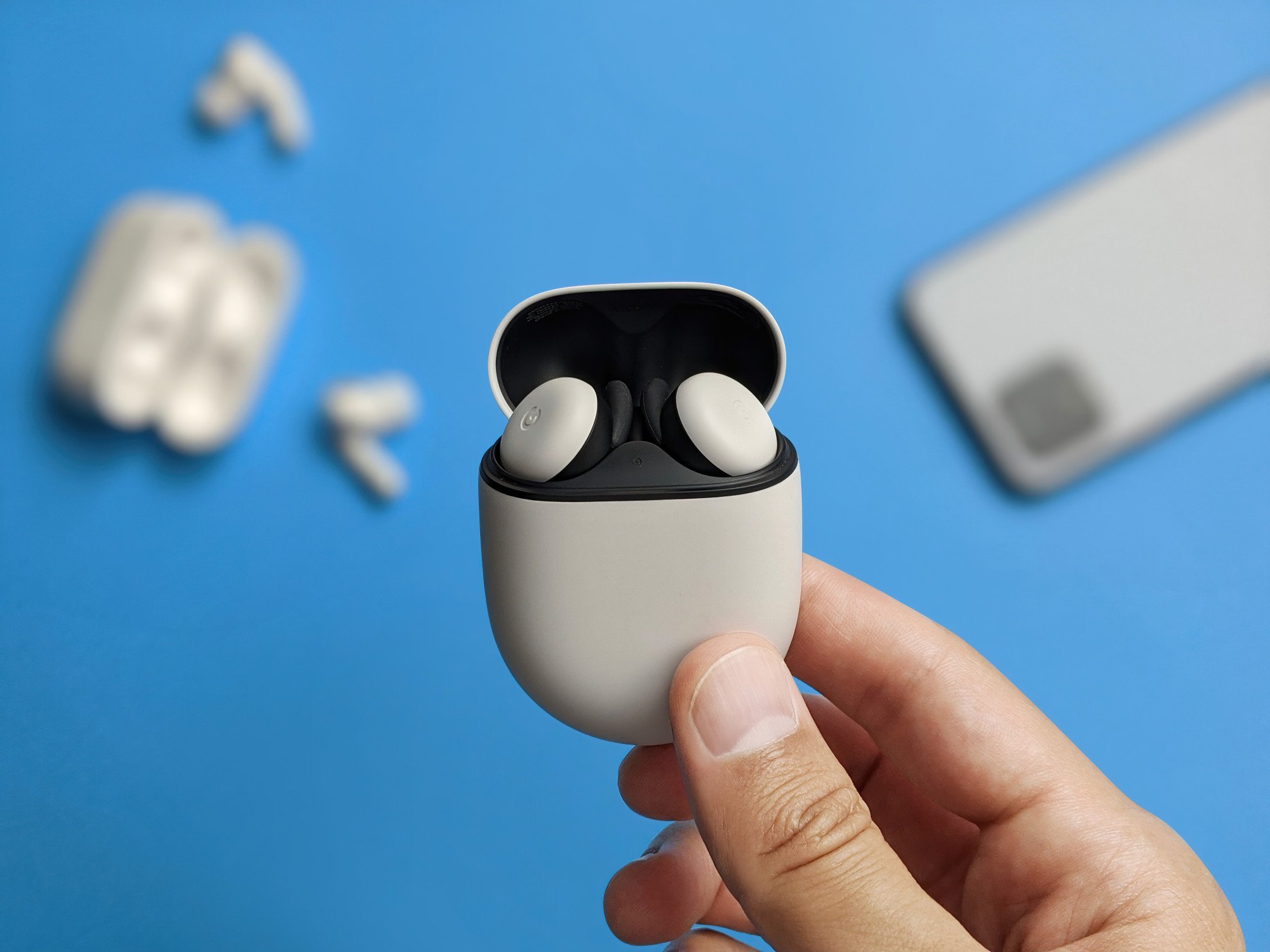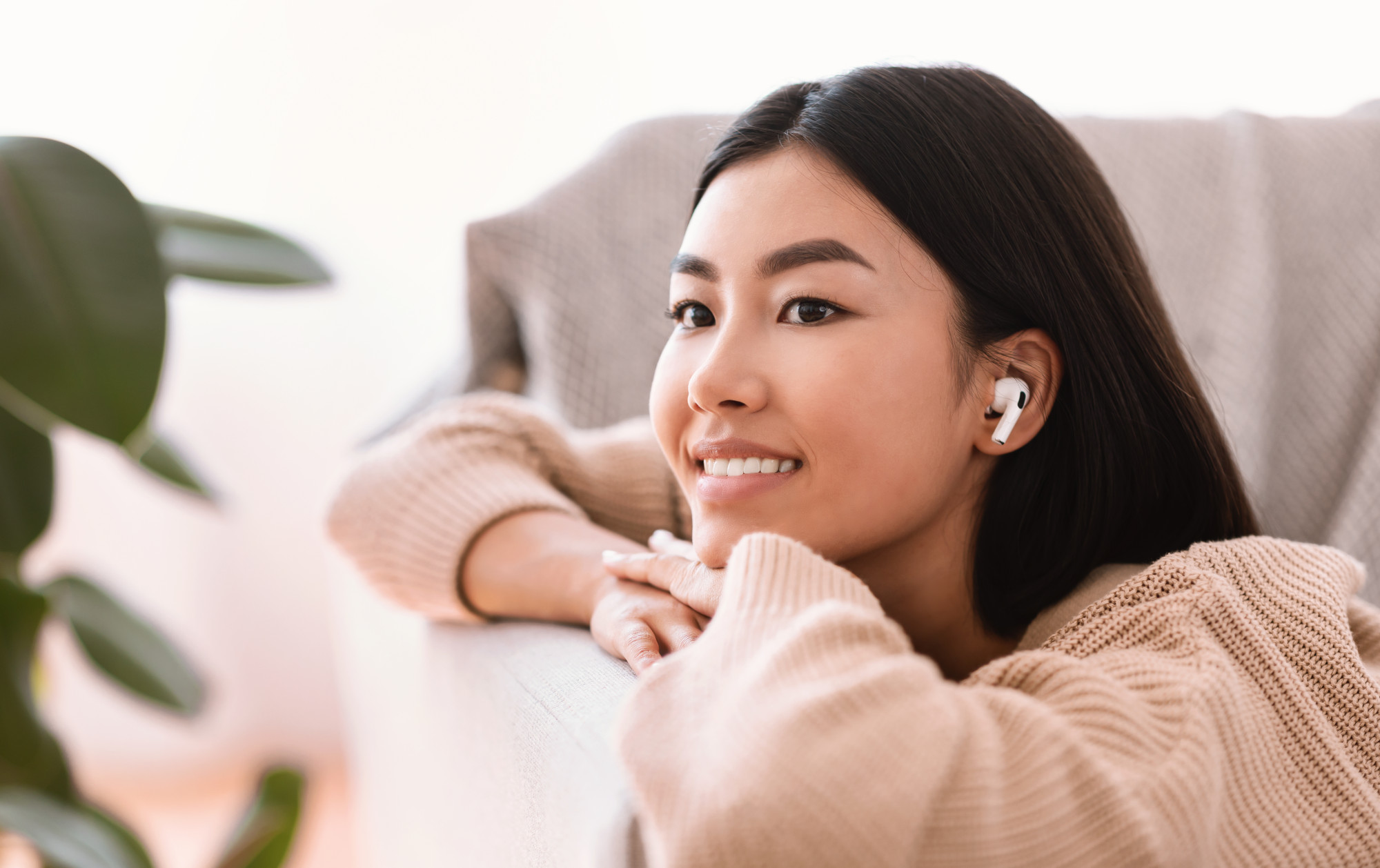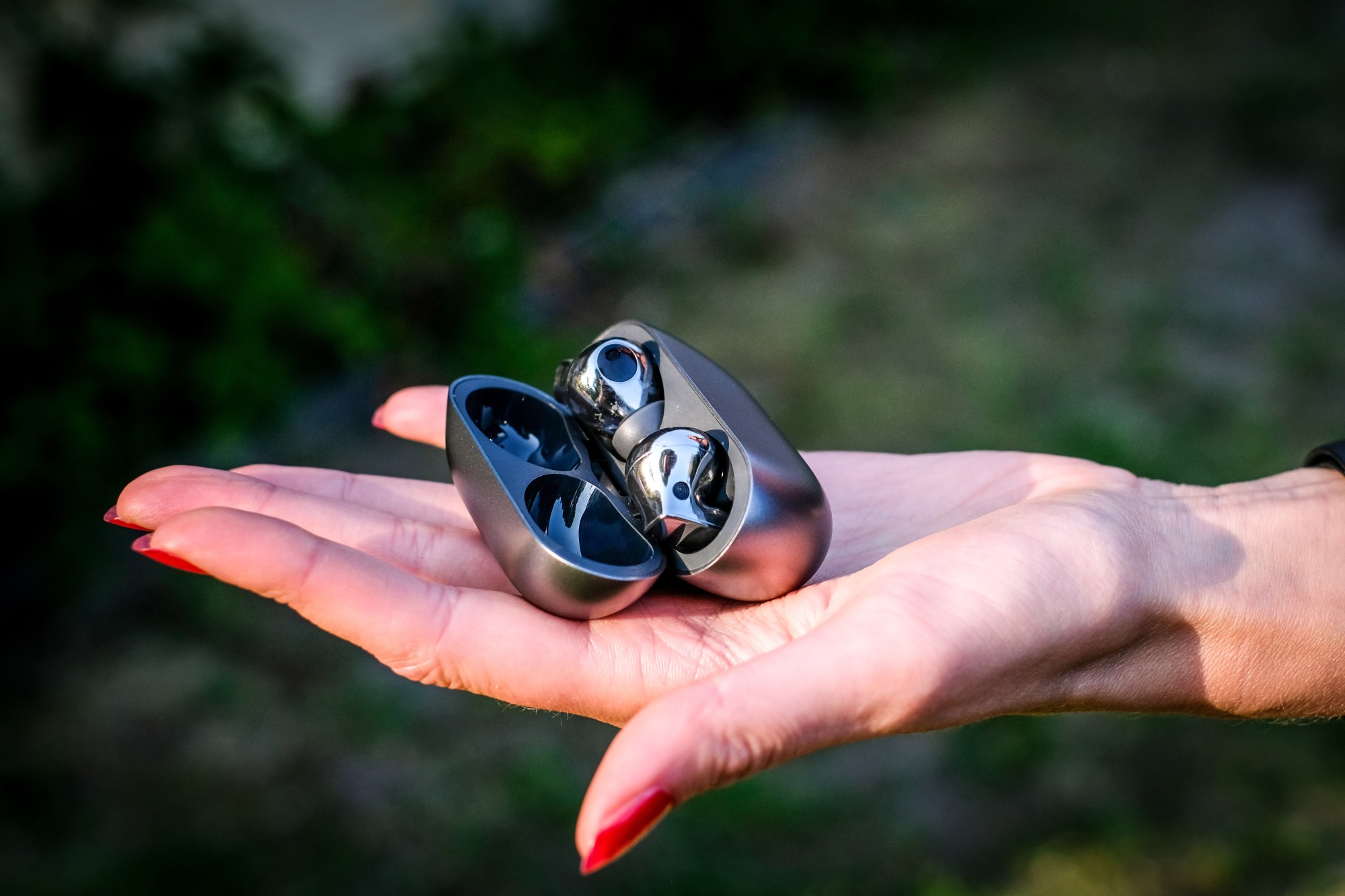
Do Apple AirPods work with Android phones? How about Google, Samsung and Huawei earbuds with an iPhone? We find out in the ultimate in-ear face off
- Apple designed AirPods to work with its iPhones, just as Google, Samsung and Huawei built earbuds to work with the Android handsets they produce
- We test how AirPods work with Android phones, and how well Google, Samsung and Huawei earbuds perform when paired with iPhones. The winner may surprise you
Unsurprisingly, Apple’s AirPods Pro and the iPhone are a true power couple, as are Google’s Pixel Buds Pro and the tech giant’s Pixel phones.
But what happens if you pair, for example, Huawei’s FreeBuds Pro with the latest iPhone, or AirPods with a Samsung phone?
We’ve taken a closer look at Apple’s AirPods Pro 2, Google’s Pixel Buds Pro, Huawei’s FreeBuds Pro and Samsung’s Galaxy Buds to see how well they work with a phone running on a different operating system.
The four earbud models not only differ when it comes to sound and fit, they also use different noise cancelling technology, so it can be worth mixing and matching to find the combination that works best for you.

Apple has finally added a USB-C charging port to its wireless earphones with the AirPods Pro 2, making them a feasible option for Android users.
AirPods have long been known for their excellent active noise cancellation (ANC), and the latest generation is no exception. Ambient noise is almost completely blocked out, without any in-ear pressure.
Ex-Apple veterans launch wearable Ai Pin in bid to replace phones
With AirPods Pro 2, users can switch between Transparency mode (which lets all outside sound in), Adaptive (which adjusts ANC based on the user’s surroundings) and Noise Cancellation (which blocks external noise).
Switching between modes can be done by pressing and holding the sensor on the stem of the AirPods – whether they’re connected to an iPhone or an Android device. Apple has so far been reluctant to release an app to make other functions on the AirPods easier to control for Android users.
But it goes both ways, as Google and Samsung earbuds also don’t connect seamlessly to the Apple universe. There’s no iOS app for Google’s Pixel Buds Pro or Samsung’s Galaxy Buds to allow iPhone users to adjust sound and ANC. The fact that these earbud models are geared towards Android devices, however, means they run on a wider range of devices.

Chinese tech giant Huawei is the only one of the four companies we tested with iOS and Android apps – in addition its in-house HarmonyOS app – that allow users to control its FreeBuds Pro 3.
The app for iPhone is available in the App Store and the Huawei AppGallery. Android users have to download it from the Huawei website.
Installation is a bit fiddly but the app ultimately works well. A Find My Earphones feature helps users locate their misplaced FreeBuds by having the buds emit a ringtone. While the sound isn’t as loud as the one emitted by Apple’s AirPods, the feature works across all operating systems.
Huawei GT 4 smartwatch: beats Apple, Google on price but lacks software
Huawei’s FreeBuds Pro 3 are a true match for Apple’s flagship earbuds when it comes to sound. Wind noise cancellation capability in the latest generation is pretty close to what the AirPods Pro 2 are capable of, although hissing is a bit more noticeable in transparency mode.
The FreeBuds Pro 3 produced better sound during a phone call, however, than their Apple counterparts, and they fit just as snugly into the ear.
There’s still room for improvement on the battery life of Huawei’s FreeBuds Pro 3, however. When in ANC mode, they ran out of steam in just under five hours, while Apple’s AirPods Pro 2 kept going for over nine hours on similar settings.

Google’s Pixel Buds came in a close second, with around eight hours on ANC, followed by the Samsung Galaxy Buds FE (fan edition) with around seven hours.
The sound quality of Samsung Galaxy Buds FE buds is a far cry from that of the AirPods Pro 2. They have a good low end, but treble lacks clarity and ANC is nowhere near as efficient as in Apple’s or Google’s earbuds.
Making a phone call with the Galaxy Buds FE is awkward at best because of choppy transmission.

What sets the Samsung earbuds apart is their significantly lower price. Tech on the FE model has been scaled back, enabling Samsung to offer them for an impressive US$79.
Google’s Pixel Buds Pro, at US$199, are in a similar league to Apple’s flagship AirPods Pro 2, which the iPhone manufacturer sells for US$249. Huawei’s Freebuds Pro are available for US$196.
Conclusion
Huawei’s FreeBuds Pro 3 are an attractive alternative to Apple’s AirPods Pro and many other earbuds from the Android world.
Among the wireless earbuds tested, Huawei’s were the only ones that worked well across all smartphones, without any major limitations. If only the Chinese manufacturer had invested a bit more in battery life …

